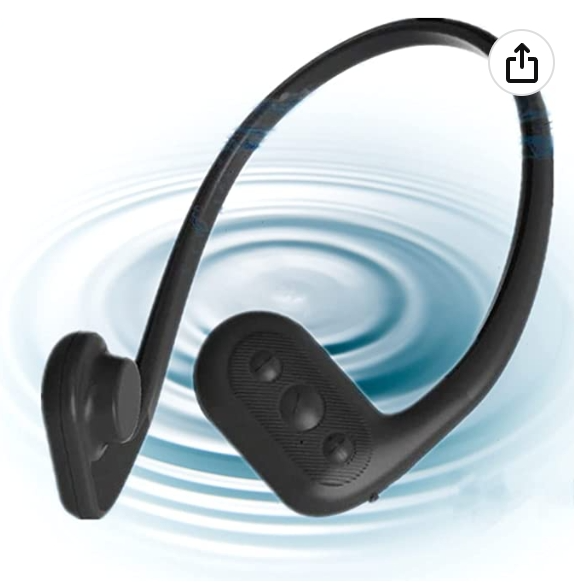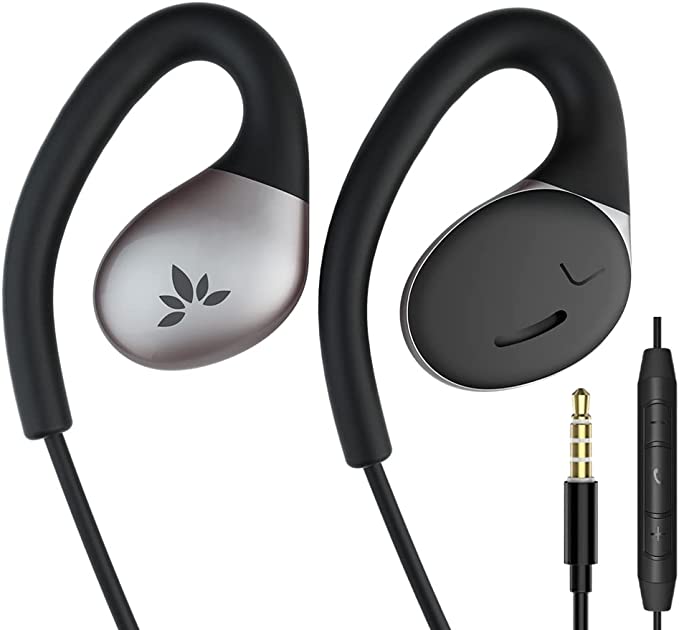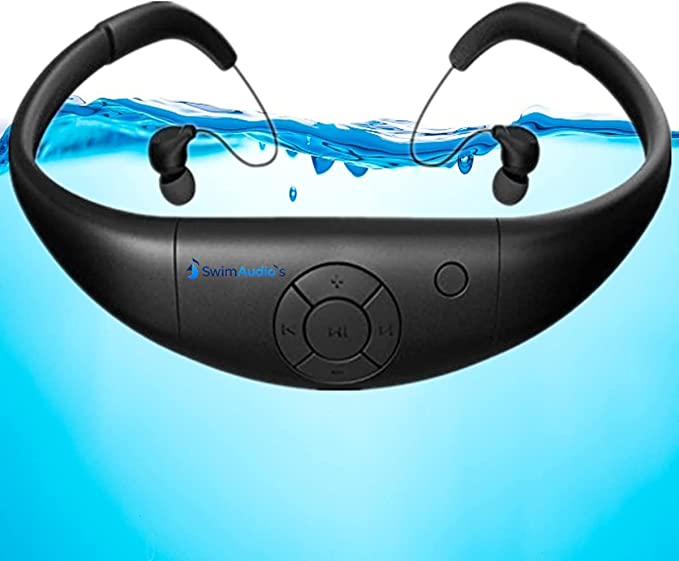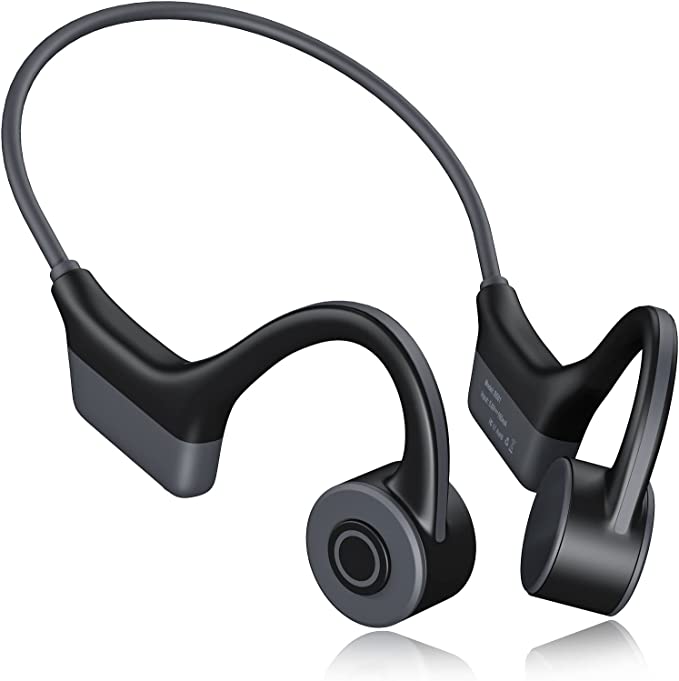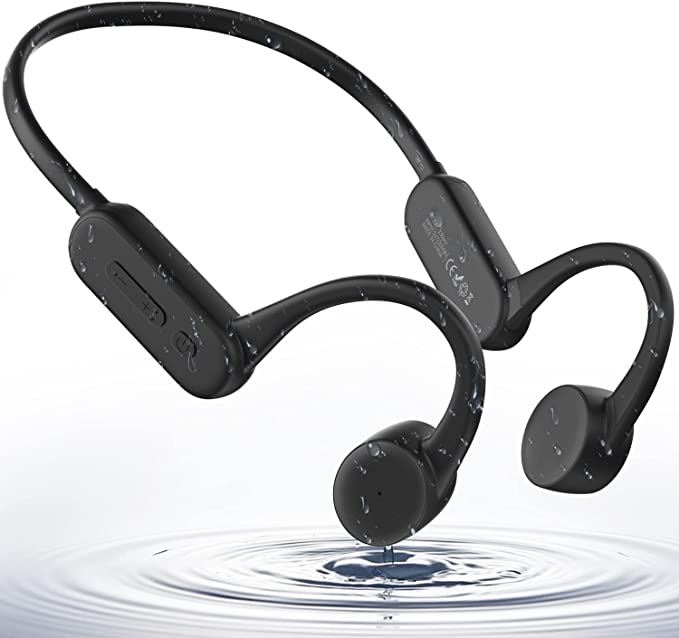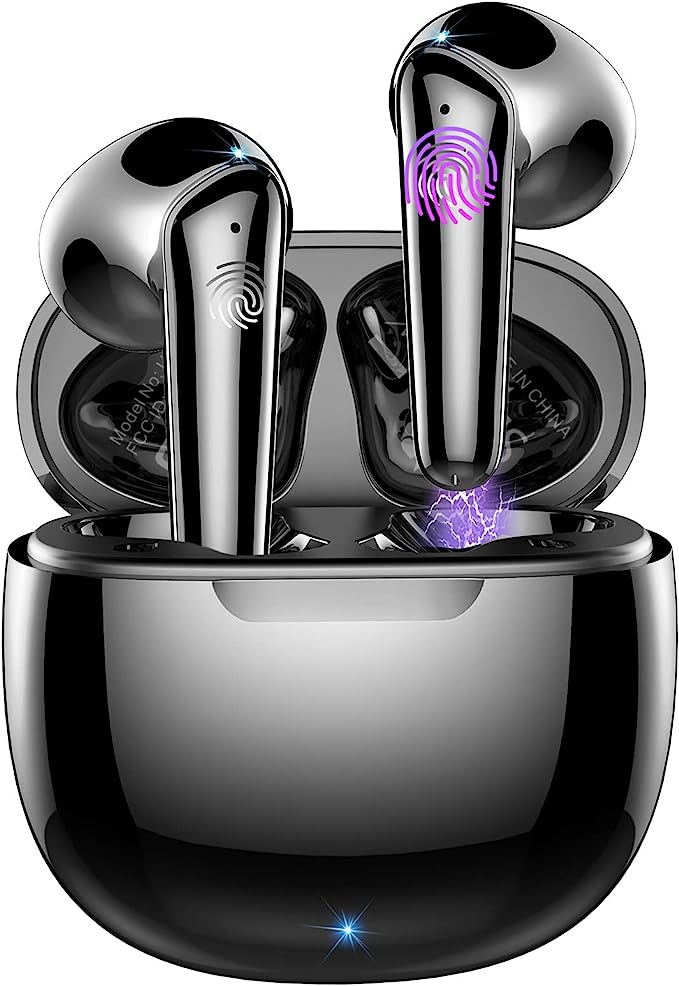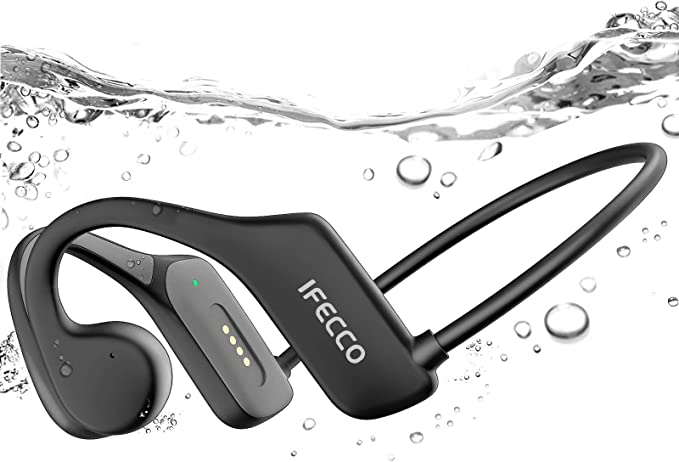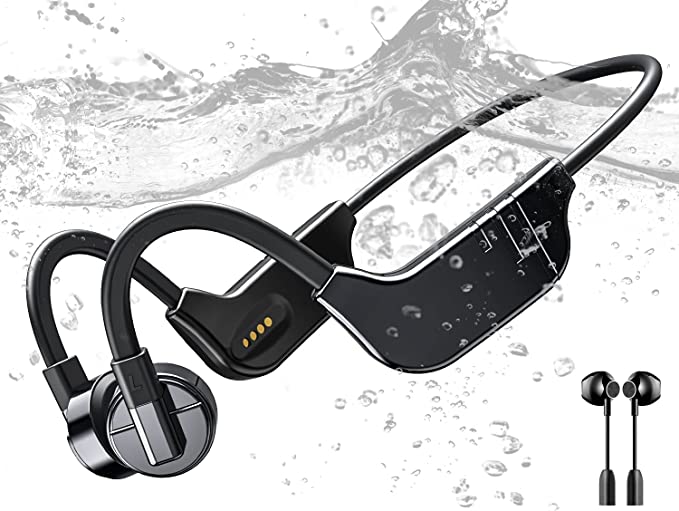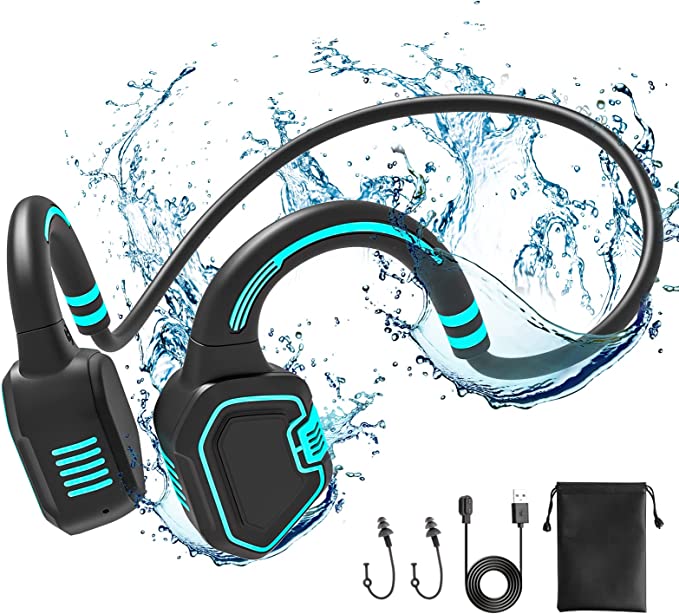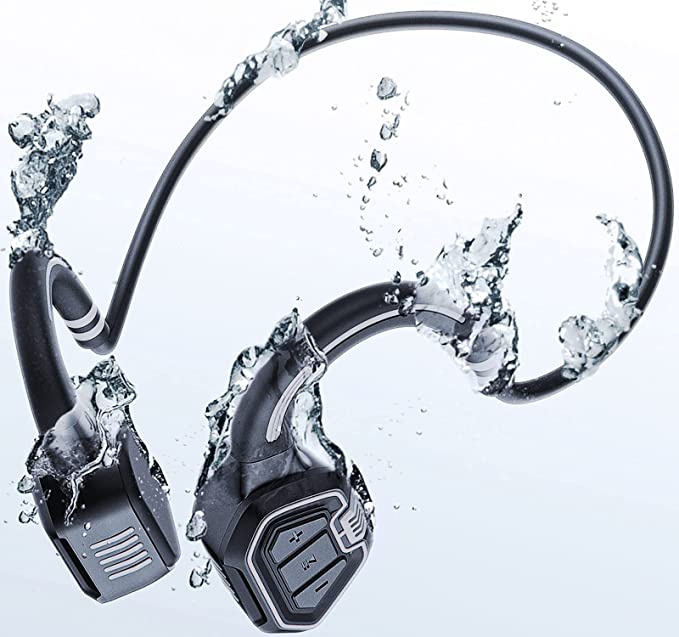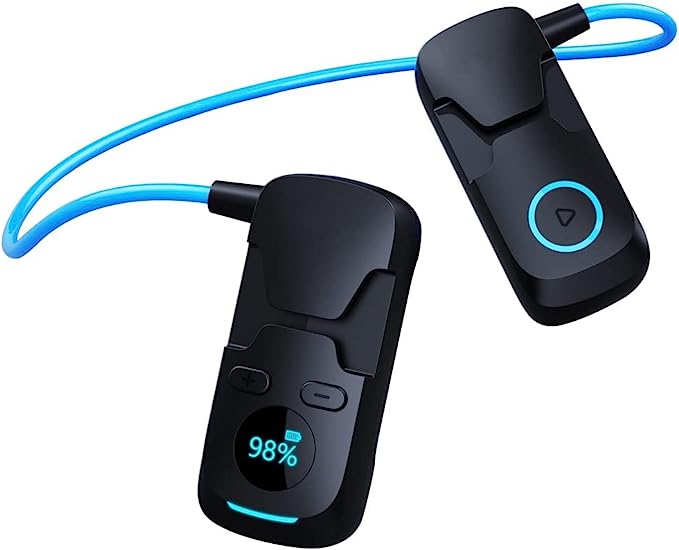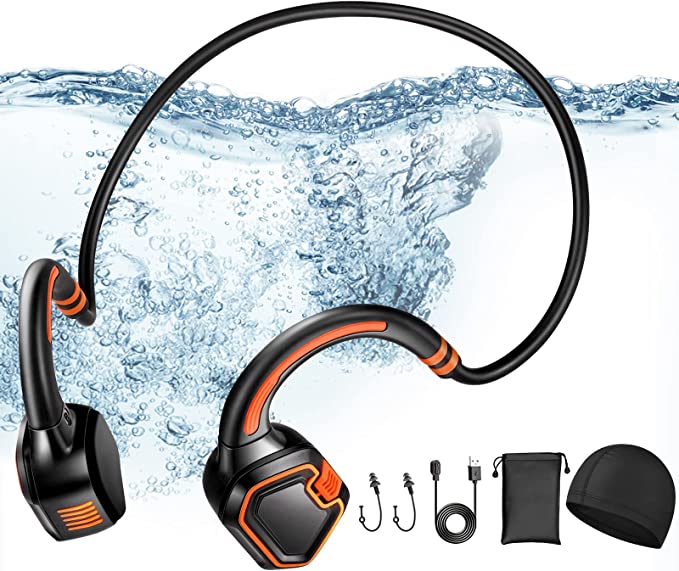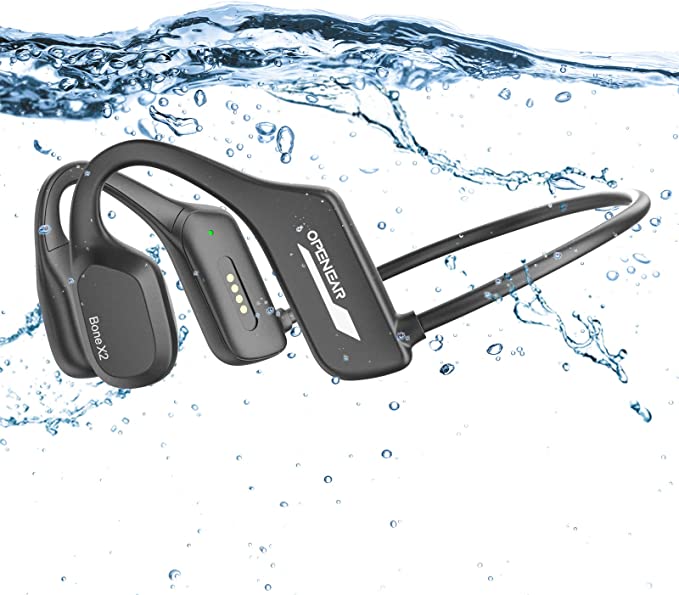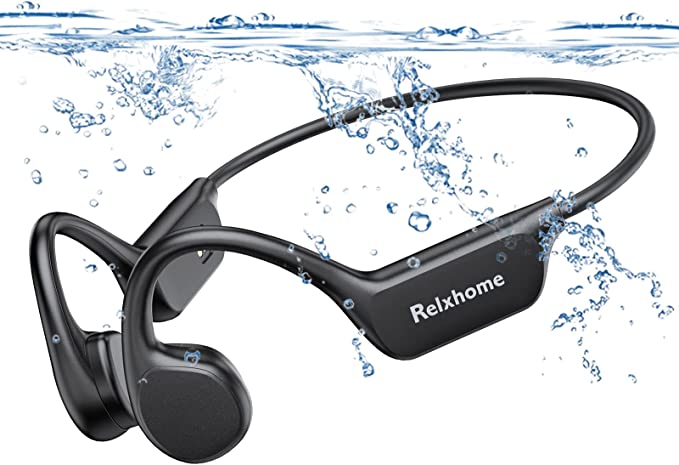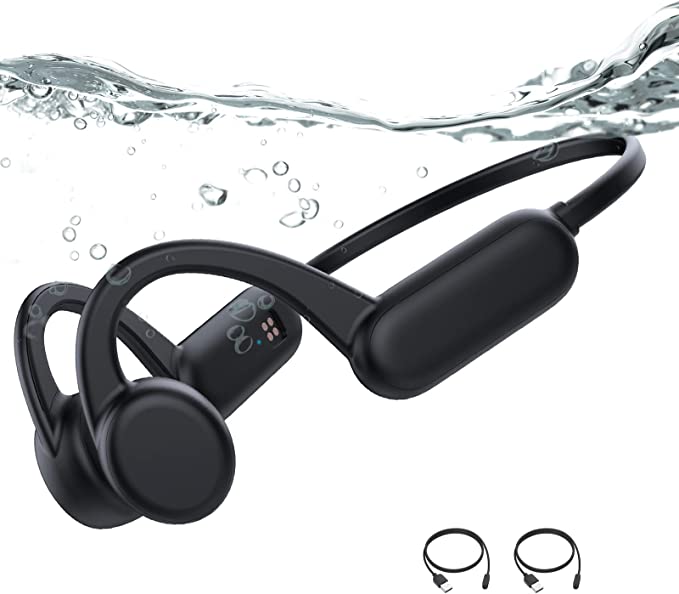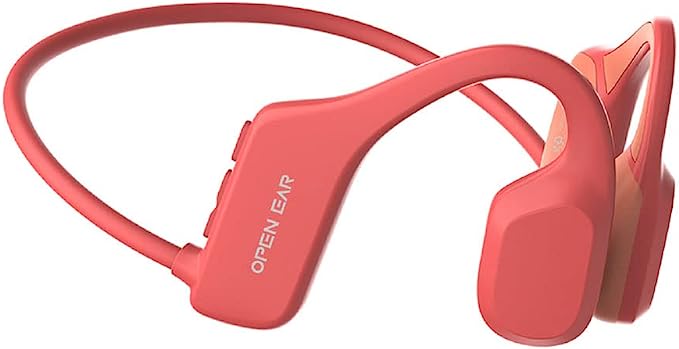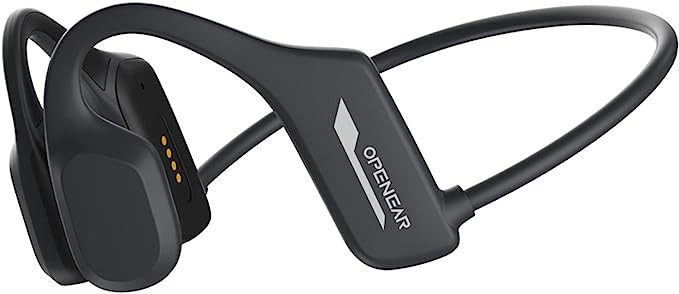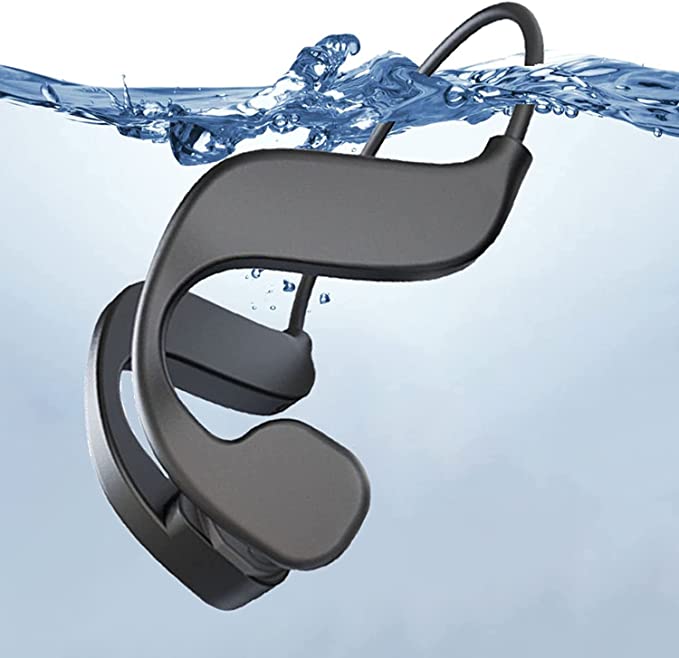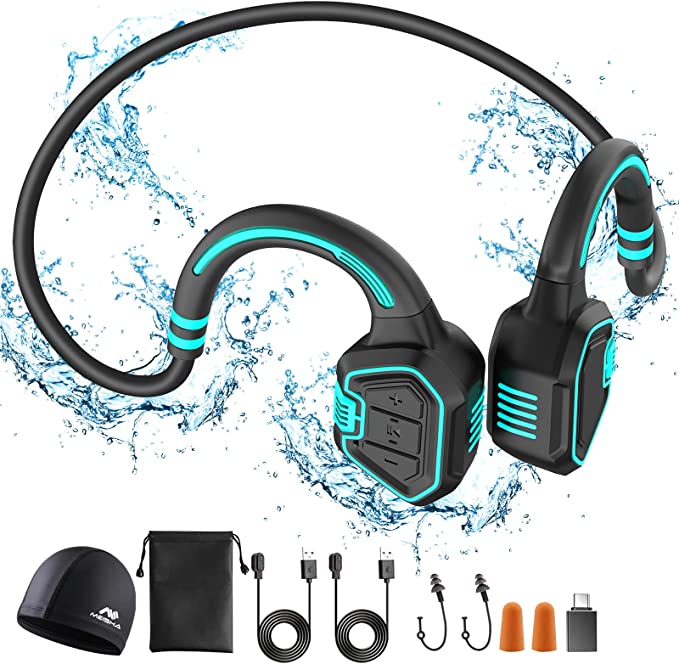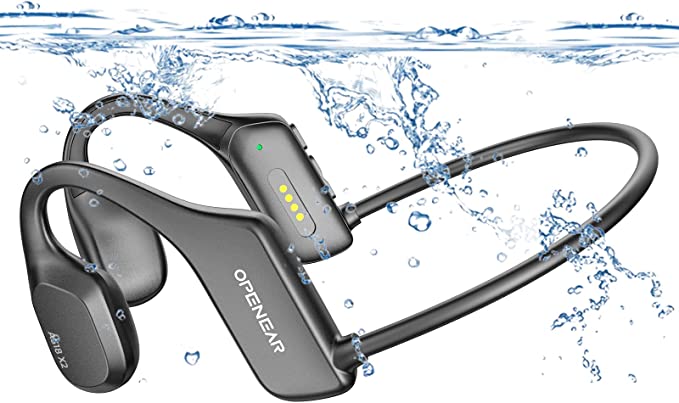The Physics of Aquatic Audio: Overcoming the Wireless Dead Zone with Bone Conduction
Update on Nov. 22, 2025, 7:39 p.m.
For athletes who train in the water, silence has traditionally been the only companion. While runners and cyclists have long enjoyed the motivational benefits of curated playlists, swimmers have faced a formidable barrier: physics. Water is a fundamentally different medium than air, both acoustically and electromagnetically. To bring high-fidelity sound beneath the surface requires not just waterproofing, but a complete rethinking of how sound is delivered and how data is transmitted.
This challenge highlights the engineering divergence between “water-resistant” consumer electronics and true amphibious audio tools. By examining devices engineered for this specific environment, such as the Relxhome AS19, we can unpack the scientific principles of Bone Conduction and the limitations of wireless protocols in aquatic settings.

The Wireless Dead Zone: Why Bluetooth Drowns
The most common frustration for new swimmers is the immediate failure of their standard wireless earbuds upon submersion. This is not a device malfunction; it is a fundamental property of the electromagnetic spectrum.
Bluetooth operates at the 2.4 GHz frequency. Water molecules are polar, meaning they have a positive and negative charge distribution. They are exceptionally efficient at absorbing electromagnetic energy at this specific frequency range (which is, coincidentally, the same principle used by microwave ovens to heat food).
When a Bluetooth signal attempts to travel through water, it suffers from massive attenuation (signal loss). A few inches of water can effectively block the signal entirely. Therefore, for a swimming headphone to be functional, it cannot rely on a connection to a smartphone sitting on the pool deck.
This necessitates a shift from “streaming” to “local storage.” The engineering solution found in dedicated swimming headphones like the AS19 is the integration of an onboard MP3 player with significant memory (e.g., 32GB). This effectively transforms the headphone into a standalone computer, eliminating the need for radio transmission through the water. This dual-mode architecture (Bluetooth for land, Local Storage for water) is currently the only viable method for uninterrupted aquatic audio.
Mechanics of Cranial Vibration: Bypassing the Fluid Barrier
In a typical air-conduction scenario (traditional earbuds), sound waves travel through the ear canal to vibrate the eardrum. However, when swimming, the ear canal is often filled with water or blocked by earplugs to prevent infection (swimmer’s ear). This creates an acoustic impedance mismatch—sound trying to travel from the air driver, through the water in the canal, to the eardrum sounds muffled and distant.
Bone conduction circumvents this pathway entirely.

- Transduction: The device uses electromechanical transducers that rest on the zygomatic arch (cheekbones).
- Transmission: These transducers convert audio signals into mechanical vibrations.
- Reception: The vibrations travel directly through the dense bone of the skull to the cochlea (inner ear).
Physics favors this approach in water. Since water and bone have closer acoustic impedance densities compared to air and bone, the transmission of vibration can actually feel more efficient and resonant underwater. The water acts as a coupler, conducting the bass frequencies that are often lost in open-air bone conduction.
The Engineering of IPX8: Defining “Waterproof”
Consumer electronics are often labeled “waterproof,” but in engineering terms, this is defined by the Ingress Protection (IP) code.
- IPX4: Splash proof (sweat/rain).
- IPX7: Immersion up to 1 meter for 30 minutes.
- IPX8: Continuous immersion beyond 1 meter under conditions specified by the manufacturer.
Achieving an IPX8 rating, as seen in the AS19, requires a hermetically sealed chassis. This often involves replacing physical ports with magnetic charging interfaces to eliminate water entry points. The internal circuitry must be coated or potted to prevent corrosion even if microscopic moisture ingress occurs. For the end user, this distinction is critical: IPX7 is for accidental drops; IPX8 is for intentional, sustained use at depth.

Situational Awareness: The Safety Imperative
While the focus is often on the underwater capabilities, the “Open-Ear” architecture provides a critical safety function for land-based activities.
In urban environments, complete isolation—achieved by Noise Cancelling (ANC) headphones—can be dangerous for runners or cyclists. Being unable to hear an approaching electric vehicle or a siren creates a sensory blind spot. Bone conduction allows the ear canal to remain open to ambient sound. This “dual-layer” listening experience allows the user to process the audio track (music/podcast) and the environmental track (traffic/nature) simultaneously without switching modes.

Conclusion: The Right Tool for the Medium
The evolution of personal audio has moved beyond simple miniaturization to specialized adaptation. Just as a diver wears different gear than a sprinter, the audiophile requires different tools for different mediums.
Devices that combine IPX8 sealing, local storage, and bone conduction technology represent a tailored engineering response to the laws of physics. They acknowledge that water is an obstacle to radio waves but a conduit for vibration. For the consumer, understanding these distinctions moves the purchasing decision from “brand loyalty” to “functional necessity,” ensuring that the chosen tool can truly survive the environment it was built for.

